There’s no doubt about it: Exercise can be amazing for your mind, body, and soul. That being said, physical activity can also put a strain on your body, Mike Bohl, MD, MPH, ALM, a member of our Medical Expert Board and a certified personal trainer and nutrition coach who has helped develop the Body Program at Ro, tells Eat This, Not That!. As you age, your bones and muscles weaken, making it much easier to suffer from an accidental injury. That’s why we’re here to break down some of the worst exercise habits that destroy your back after 50 so you know exactly what to avoid when it comes time to work out.
Your gym time is precious, and you want to make absolutely sure you’re training properly to avoid straining or injuring your body. Keep reading to learn the below exercise habits that destroy your back after 50, as told by experts. And next, don’t miss 5 Exercise Habits That Are Destroying Your Body After 50.


First up, it’s crucial to be aware of your limits.
Dr. Bohl explains, “Don’t try to impress anybody (including yourself) at the gym. If you’re new to working out (or even if you’ve been working out for a while), don’t fall into the trap of picking the heaviest weight you can find to see how far you can push yourself. Weight training is all about being progressive.”
Start with a weight you’re able to comfortably handle, and slowly add more weight over the following weeks and months.
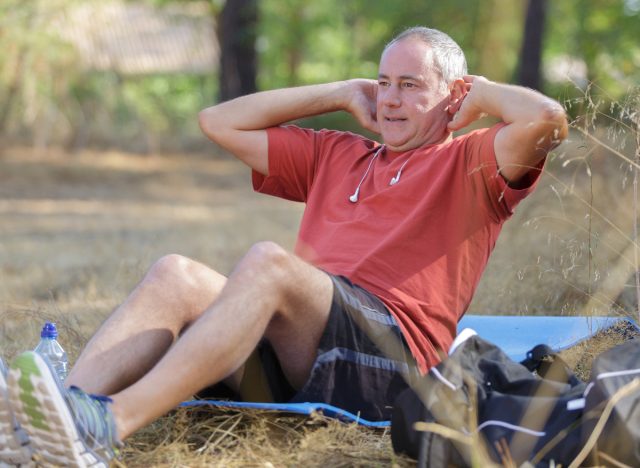

“There are some exercises that put a lot of pressure on the back or put curved tension on the spine, and they can make back pain worse or cause new back pain,” Dr. Bohl explains.
Some exercises that put a lot of pressure on your back include sit-ups, overhead presses, and leg presses.
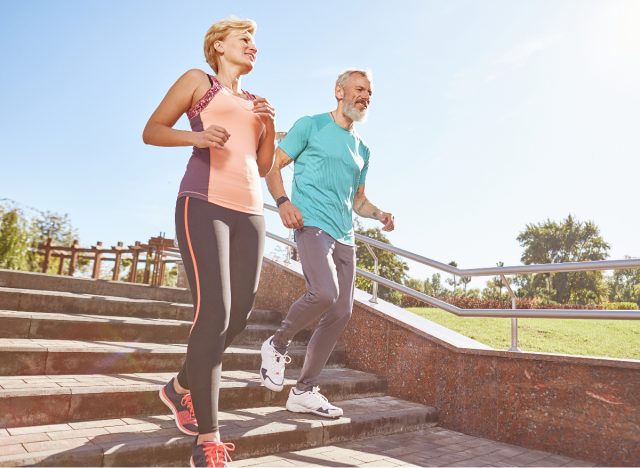

High-impact exercises such as running can also put excess pressure on your spine. And by not having the proper equipment on deck, such as comfortable, high-quality running sneakers, you run the risk of hurting your back. In addition, you want to make sure you’re getting in your strides on a surface that offers a lot of shock, like flat concrete, Dr. Bohl notes.
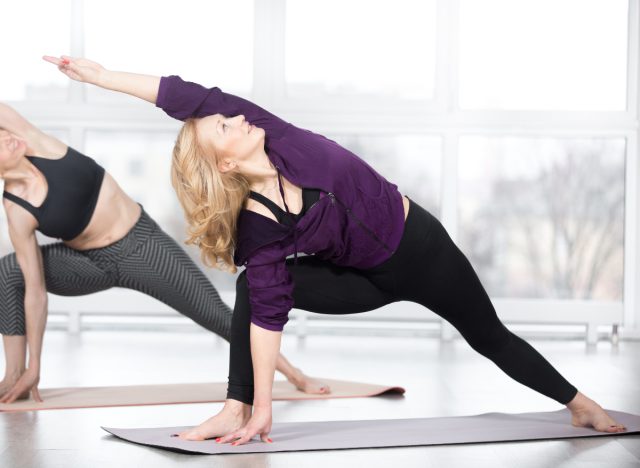

Not using correct form or being mindful of posture is a major no-no.
“A big part of being safe while working out is making sure you’re using the proper form. If you’re not in proper form or you’re lifting something too much with your back muscles and not with your leg muscles, you could end up injuring your back,” Dr. Bohl explains.
Exercises like deadlifts and squats call for you to utilize correct form in order to reap the benefits. If you’re already dealing with back pain, though, Dr. Bohl says you may want to steer clear of these moves entirely.
Kelsey Decker, NSCA-CPT and education coordinator for StretchLab adds, “With awareness of the body and proper activation through our core, better posture will follow. We have all experienced a time when we have caught ourselves with hunched shoulders and maybe our neck pushing forward. This is typically due to lazy habits we have created while sitting for long periods of time.”
The next time you’re standing or sitting down, focus on your posture, Decker says. Bring both shoulders back and down, release any tension that’s in your traps, and activate your core muscles. “I always like to envision pulling my rib cage in and pulling up from my low core—zipping it up,” Decker notes.
READ RELATED: Bill Michael Haley Parents: Carole, Ethnicity, Photos, Wife, Biography- Nikki Haley Husband, Son
“During a StretchLab stretching session, a member will experience working with a stretching professional where they will focus on bringing awareness to the body and improving posture, working from the core out (bigger muscles to smaller muscles), muscle activation through PNF stretching, systematically progressing a program over time and building the foundational habits early and consistently will help to avoid injuries experienced down the road,” Decker explains.
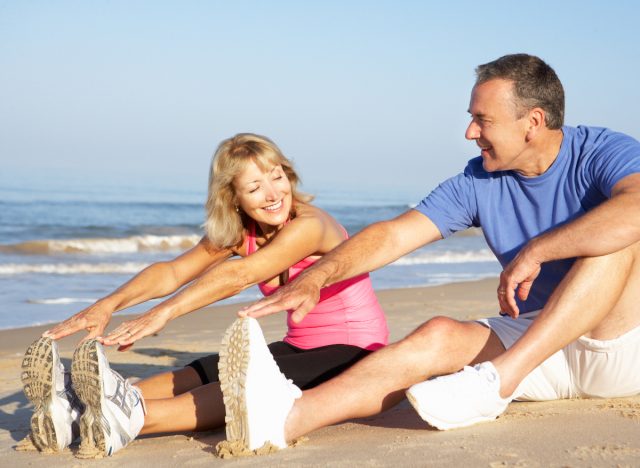

Don’t sleep on the importance of warming up or stretching after exercising. Establishing a solid, effective fitness routine includes what you do before and after your main workout.
“Before working out, do some dynamic stretching to loosen the muscles up and get them ready for exercise. And after working out, stretch to relax and elongate the muscles and reduce the risk of muscle strain,” Dr. Bohl suggests.
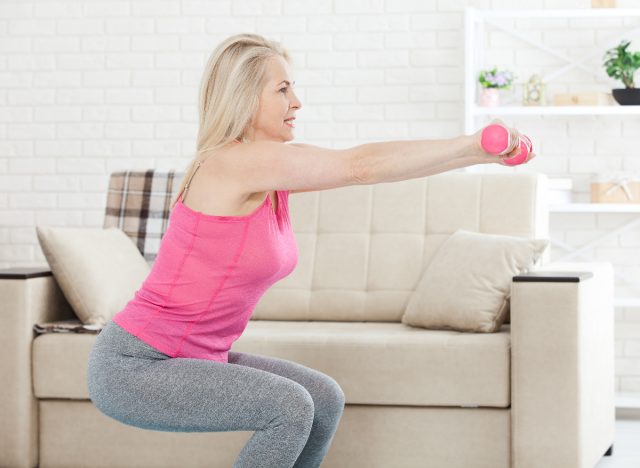

Getting into the habit of practicing total-body awareness is so important.
“We call this proprioception—knowing the location, movement, and action of your body,” Decker explains. “When you have a better understanding of how your body moves and what muscles need to be activated to support the movement the body is performing, (squat, picking things up, walking, running, rotating, etc.) it will help with preventing improper movement which could lead to injury or overuse of the muscles, such as the back.”


You’ve likely been instructed to “activate your core” during certain exercises, but you may not be aware of how to do it correctly. This is necessary in order to avoid overusing your back.
“When your core is not properly activating, this means your body is relying more on your back (its counter muscle) to pick up the slack,” Decker explains. “To encourage building a stronger core, start with simple stabilizing movements such as the ‘dead bug’ exercise. This movement requires you to bring your knees to a 90-degree angle and then alternate bringing one leg down at a time. This movement helps with initial stabilization with the knees at 90 degrees and then working on lengthening the leg and bending it back to help with hip flexor strength as well as core strength.”
When you set your core up for strength, it will help your body move much better and help you perform exercises more efficiently.


Another one of the exercise habits that destroy your back after 50 is not getting enough exercise—period.
“Lack of movement can be a contributor to the above information,” Decker tells us. “If you are not using your muscles, you are losing the strength and function of them, which could cause poor posture, the lack of awareness in the body, and not using your core.”
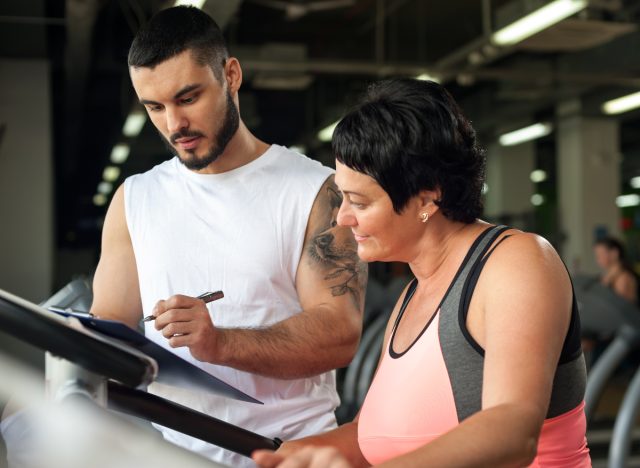

Knowing just the right amount of load/tension/volume is key. Mapping out a workout regimen that gradually increases how much weight is being used, the number of reps being performed, and the amount of tension experienced offers “progressive growth” in your body. This helps you avoid going into an exercise that may be too much for your body to handle, along with suffering from an injury.
Source:










